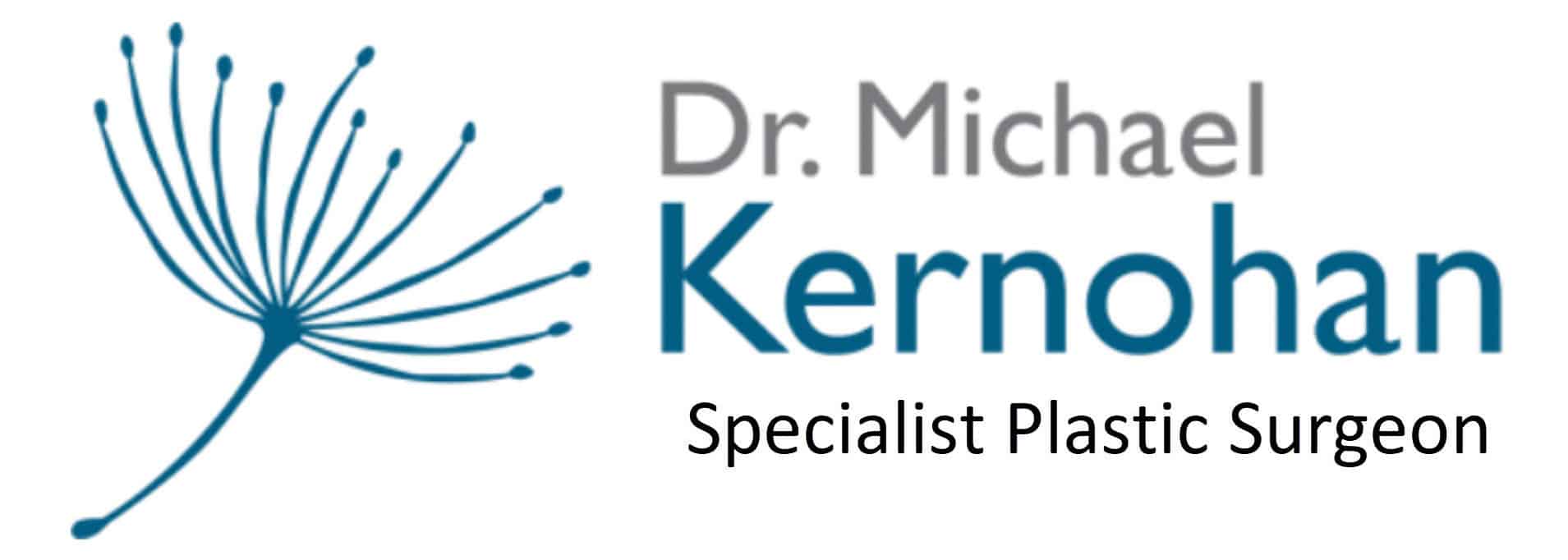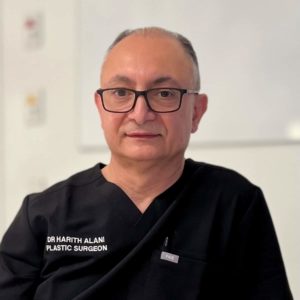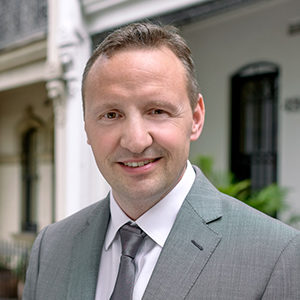Hand Surgery Sydney
- Do you have painful fingers or hands?
- Are you suffering from aching wrists?
- Have difficulties with your fingers or using your hands?
Sydney Specialist Plastic Surgeons Dr Varun Harish and Dr Hari Alani perform a range of Hand Surgery in locations across Sydney, Southwest Sydney and Southern Highlands. The Pure Visage Plastic Surgery Clinic is located in Gregory Hills.
Plastic surgeons undergo extensive training in treating common hand conditions, from degenerative conditions such as osteoarthritis to complex hand injuries including replantation of amputated digits.
As specialist plastic surgeons, they employ the different hand surgery techniques so that you can improve both the function of your hand and its aesthetic appearance.
Hand Surgery Procedures offered by Pure Visage Plastic Surgery
- Carpal Tunnel Decompression Surgery
- Dupuytren’s Contracture Release
- Trigger Finger Surgery
- De Quervains Tenosynovitis – Tendon Sheath Release
- Nerve Compression Syndromes – Cubital Tunnel and Radial Tunnel Syndromes
- Hand Trauma Surgery – for Cuts and Wounds
Please note – we no longer perform these surgeries:
- Ganglion Cyst Removal or Hand Tumour Surgery
- Hand Tendon Repair – Tendon Grafting
- Osteoarthritis surgery
- Finger Joint Stabilisation for Arthritis – Finger Joint Fusion and Finger Joint Replacement Surgery
Consultation for Hand Surgery
Your plastic surgeon will examine you and discuss the best method of treatment for your problem, which can range from simple splinting, steroid injections to surgery if needed.
If surgery is required the will discuss your procedure in detail, including anaesthesia, the surgical technique (incision locations), risks & complications and recovery – which will require you to work closely with hand therapists for weeks to months and require some time off normal activities.
HAND SURGERY OPTIONS & CONDITIONS
1. Carpal Tunnel Syndrome
The carpal tunnel is a tight space at the front of your wrist, which the tendons and one of the major nerves (median nerve) to the hand pass through. If the pressure within this space increases due to conditions such as disease (such as rheumatoid arthritis), injury, fluid retention during pregnancy, or repetitive motions it may causes a tingling sensation in the hand, often accompanied by numbness, aching, and impaired hand function. This is known as carpal tunnel syndrome. The symptoms are often worse at night and may be relieved by shaking or dangling the hand out of the bed
Treatment includes activity modification, splint at night, steroid injection. If symptoms persist, then surgery may be required. During the operation, an incision is made in the middle of the palm/wrist to decompress the median nerve. The results of the surgery will depend in part on how long the condition has existed and how much damage has already been done to the nerve. For that reason, it’s a good idea to see a doctor early if you think you may have carpal tunnel syndrome.
2. Dupuytren’s disease – Dupuytren’s Contracture
Dupuytren’s contracture is an abnormal thickening of the underlying tissue on the palm side of the hands. Thick, scar-like tissue forms beneath the skin on the palm and extend into the fingers, pulling them toward the palm and restricting movement and normal activities. The progression of the condition is unpredictable; it usually develops in mid-life and has no known cause (although may have strong family history)
While surgery is the only treatment for Dupuytren’s contraction, treatment is not required for simple nodules or cords. Surgery aims to straighten the fingers and improve function. The operation must be done precisely, since the nerves and arteries that supply the fingers are often tightly bound up in the abnormal tissue. The results of the surgery will depend on the severity of the disease and sometimes skin grafts or flaps may be required. You can usually expect significant improvement in function, however requires extensive hand therapy and splinting in the recovery period. Despite surgery, the disease may recur and the fingers may begin to bend into the palm once again.
3. Trigger Finger
Trigger finger is a common condition affecting the fingers. The fingers may click or lock due to catching or irritation of tendons on the pulleys that hold the tendons in place. Swelling can develop in the tendon, which causes more irritation and further swelling
Treatment includes with rest, anti-inflammatory medication and steroid injection around the inflamed tendon, which can relieve symptoms and sometimes ‘cure’ the condition. If symptoms persist or recur, then surgery is usually recommended.
4. DeQuervain’s Tendonitis
De Quervain’s Tendonitis is brought on by irritation of tendons across the wrist at the base of the thumb, which causes pain on movement of the thumb and wrist leading to difficulty with pinch activities. The pain may come on gradually or suddenly and may radiate down the thumb or up the forearm. Other symptoms include swelling at the site of pain, ‘clicking’ or ‘snapping’ and numbness on the back of the thumb.
Treatment includes splinting, anti-inflammatory medication, and steroid injection around the tendons, which may help reduce swelling and pain. In some cases, simply stopping the aggravating activities may relieve symptoms. When symptoms are severe or do not improve, surgery is often recommended. The tight fibrous tissue around the tendons is released to make room for the irritated tendons, which prevents irritation occurring.
5. Hand Trauma
Often the most commonly performed procedure in hand surgery is to repair injured hands that can damage the underlying bones, tendons, nerves and/or blood vessels. By employing plastic surgery principles that are applied elsewhere in the body, including grafting (tendons, nerves, bone, skin), flaps (moving new tissue with its underlying blood supply to the injured site) and microsurgery (replantation) we are able to restore the function and appearance of significant hand injuries.
How do you find the right Hand Surgeon in Sydney?
Always choose a FRACS-qualified plastic surgeon.
All patients require a medical referral preferably from your GP to see a plastic surgeon for a consultation for cosmetic surgery.
A Medical Referral from a GP is valid for 12 months and a referral from a specialist is valid for 3 months.

Hand Surgery Fees and Prices – How Much is Hand Surgery in Sydney?
Every patient is different and will require different treatments and procedures. Please visit the pricing page for more information.
To get an estimated quote for your particular surgery please contact the team on 1300 39 38 99 or fill in the contact form.
Risks of Hand Surgery
All Surgery has Risks and potential complications. Read the Risks of Surgery page for more information.
Glossary of Hand Surgery Terms
- Arthritis – inflammation of a joint, usually accompanied by pain, swelling, and sometimes change in structure
- Carpal Tunnel Syndrome – a condition in which the median nerve is compressed as it passes through the carpal tunnel in the wrist, a narrow confined space. Since the median nerve provides sensory and motor functions to the thumb and three middle fingers, many symptoms may result including Loss of sensation and sometimes motor control – also weakness, pain, numbness, and tingling in the hands and fingers
- Cartilage – a smooth and tough, elastic tissue material that covers bone ends of a joint to cushion the bone and allow the joint to move easily without pain
- CAT Scan – a diagnostic imaging procedure that uses a combination of x-rays and computer technology to produce cross-sectional images (often called slices), both horizontally and vertically, of the body. A CT scan shows detailed images of any part of the body, including the bones, muscles, fat and organs. CT scans are more detailed than general x-rays
- Contusion—an injury in which the skin is not broken; a bruise
- Cortisone—a steroid preparation that can be injected into various areas of the body to provide pain relief from conditions such as an arthritic joint; in some cases, cortisone may alleviate problems like bursitis and tendonitis
- DeQuervain’s syndrome—a painful condition at the wrist on the side closer to the thumb, resulting from tendons getting trapped beneath a ligament as they travel to the thumb; can be treated with a brace, a cortisone injection, or surgery to relieve the pressure on the tendon(s)
- Dislocation – a dislocation occurs when extreme force is put on a ligament causing the two bone ends to separate. Dislocations can also affect a joint, the point where two or more bones come together. The joint is created as a “ball-and-socket”. A dislocated joint causes the head of the bone (ball) to partially or completely come out of the socket
- Dupuytren’s contracture—a thickening and shrinking of the palmar fascia, the layer of deep tissue just under the skin of the palm; as the tissue shrinks, the fingers may be drawn into a bent position resulting in flexion deformities of the finger.
- Fracture – a break in a bone
- Ganglion Cysts – non-cancerous, fluid-filled cysts are common masses or lumps in the hand and usually found on the back of the wrist
- Inflammation – a normal reaction to injury or disease, which results in swelling, pain, and stiffness
- Ligaments – a white, shiny, flexible band of fibrous tissue that binds joints together and connects various bones and cartilage
- Magnetic Resonance Imaging (MRI) – a diagnostic procedure that uses a combination of large magnets, radio frequencies, and computer to produce detailed images of organs and structures within the body
- Peripheral nerve disorders — Problems involving numbness, tingling and weakness in the upper extremity.
- R.I.C.E. – Rest, Ice, Compression and Elevation
- Reflexive sympathetic dystrophy — A diseased state of an extremity that is characterized by very severe pain, swelling, stiffness, and discoloration. It usually occurs after a trauma or disease of an extremity is generated by an abnormal sympathetic reflex, and is characteristically treated by the abolition of this increased sympathetic nerve stimulation. RSD is generally considered to be synonymous with vasomotor and trophic disorders.
- Soft Tissues – the ligaments, tendons, and muscles in the musculoskeletal system
- Sprain – a partial or complete tear of a ligament
- Strain – a partial or complete tear of a muscle or tendon
- Stress Fracture – a bone injury caused by overuse
- Tendon – the tough cords of the tissue that connect muscles to bones
- Tendonitis – an inflammation in a tendon or the tendon covering
- Trigger Finger – Catching or locking of a finger. Irritation of the digital sheath that surrounds the flexor tendons of the finger. When the tendon sheath becomes thickened or swollen it pinches on the tendon and prevents it from gliding smoothly. In some cases, the tendon catches and then suddenly releases as though a trigger were released
- Ultrasound – a diagnostic technique which uses high-frequency sound waves to create an image of the internal organs
- X-Ray – a diagnostic test that uses invisible electromagnetic energy beams to produce images of internal tissues, bones, and organs onto film


 Dr Varun Harish FRACS (Plas) – Plastic Surgeon
Dr Varun Harish FRACS (Plas) – Plastic Surgeon




